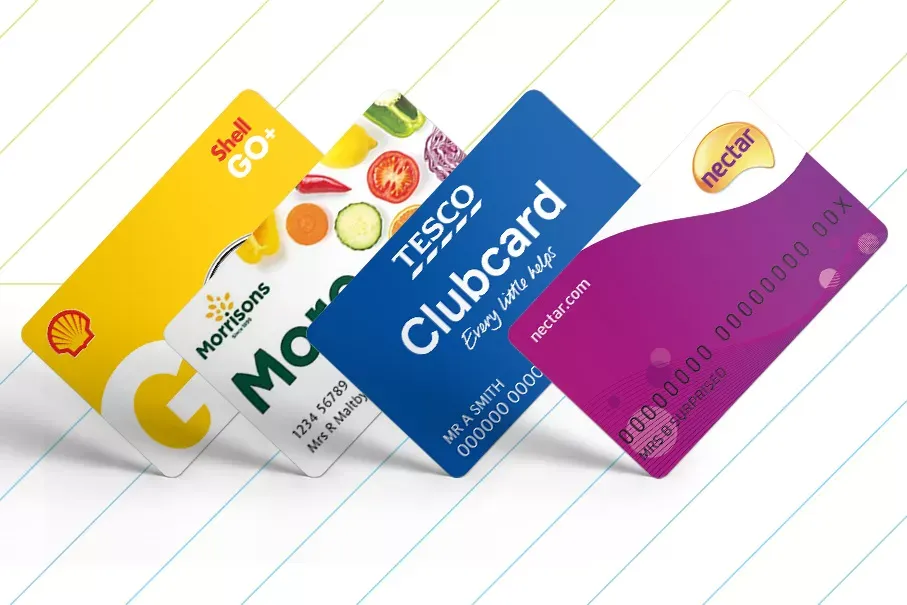28/11/2016

Modern fleet management presents many opportunities for driving down costs. In an era of unprecedented technological advancement, apps, telematics, better engines, and efficient fuel-efficiency tracking all add up to a fleet you can fall in love with.
Modern fleet management presents many opportunities for driving down costs. In an era of unprecedented technological advancement, apps, telematics, better engines, and efficient fuel-efficiency tracking all add up to a fleet you can fall in love with.
Which vehicle is right for you?
Technology is driving big changes in vehicle performance and efficiency: more than ever before, fleet managers have the opportunity to select vehicles that can have a significant positive effect on the running costs of the business. Ultra-low emission cars and vans, for example, avoid duties placed on vehicles with higher emissions, and make it more likely that your fleet will continue to comply with future emissions regulations. Hybridisation and ultra-modern fuel-only engines also contribute to environmental compliance, and vehicles designed with smaller, better-performing engines have a big impact on fuel efficiency.
It’s important to consider the entire value of a vehicle purchase, from the moment it drives off the forecourt to the moment you retire it from your fleet. A cheaper up-front vehicle cost is not always the best solution for managing the overall spend of your business. Whether you purchase or lease the vehicle a holistic picture of its real cost including maintenance, tax, servicing and repair, and insurance is needed. A vehicle that costs more to buy or lease, but which also costs less to own and run (and which may achieve a greater resale value) is a better bet than one that saves money at the outset but loses it in the longer term.
Route planning
Whether you’re a delivery fleet manager running hundred of vans or a business fleet manager looking after company cars, the actual travel undertaken by your vehicles is the basic metric of operating cost. How far and how often your vehicles travel has direct implications for the frequency of planned maintenance, the cost of acceptable wear and tear, and fuel spend.
Commonly-available apps and telematics make it easy to track your vehicles in real time, providing valuable data with which to analyse the efficiency of your routes. Fuel card data can also help (see below), both in tracking fuel spend and in plotting routes.
Route planning saves money for a variety of compelling reasons. Plan routes so your drivers can always fill up at a forecourt at which your fuel cards are accepted, and you’ll cut costs in terms of both fuel spend and admin. Institute company car pooling for meeting travel and you can literally halve the impact of wear and tear on your business vehicles. Route planning also allows you to avoid accident and traffic black spots, and strategise driving to take place outside of rush hours.
Fuel efficiency
Fuel efficiency is strongly effected by where and how you buy fuel. Fuel card services can save you money at the pump by directing your drivers to supermarket fuel courts where the average price is lower. Fuel cards also allow you to accurately track usage, giving you a metric that can be tracked and managed: once you know what your drivers are doing with your fuel, you can put proactive measures in place to assure best practice and lowest possible costs.
How do you love your fleet? Let us know on Twitter and LinkedIn.


